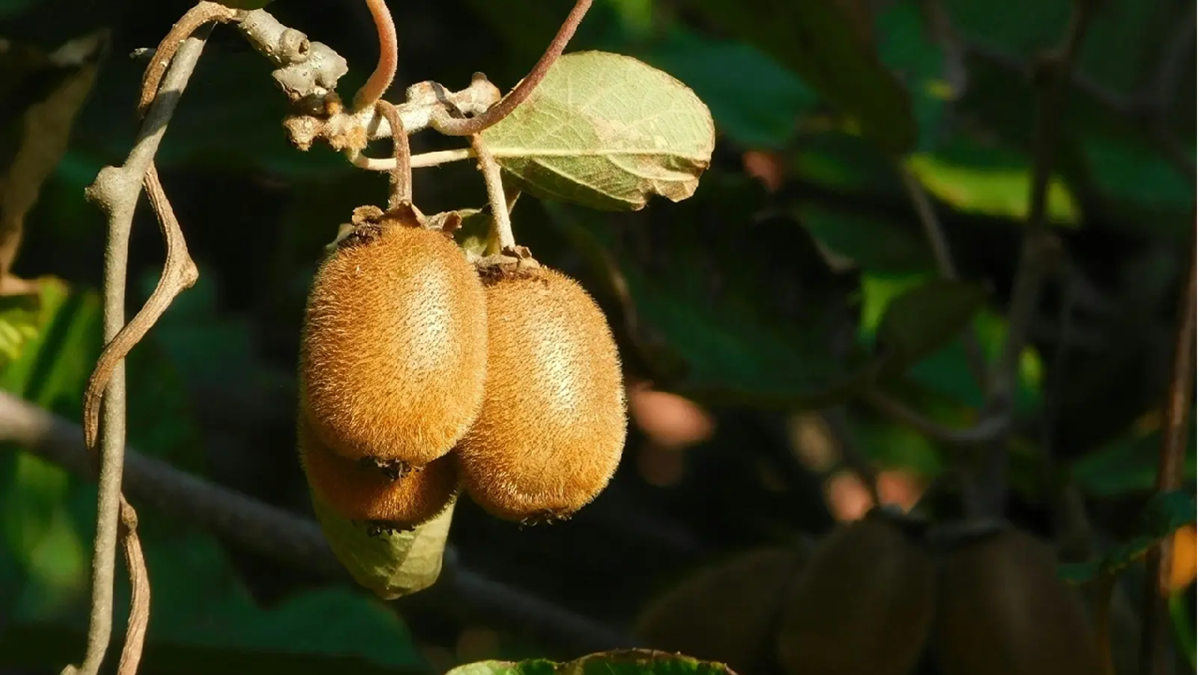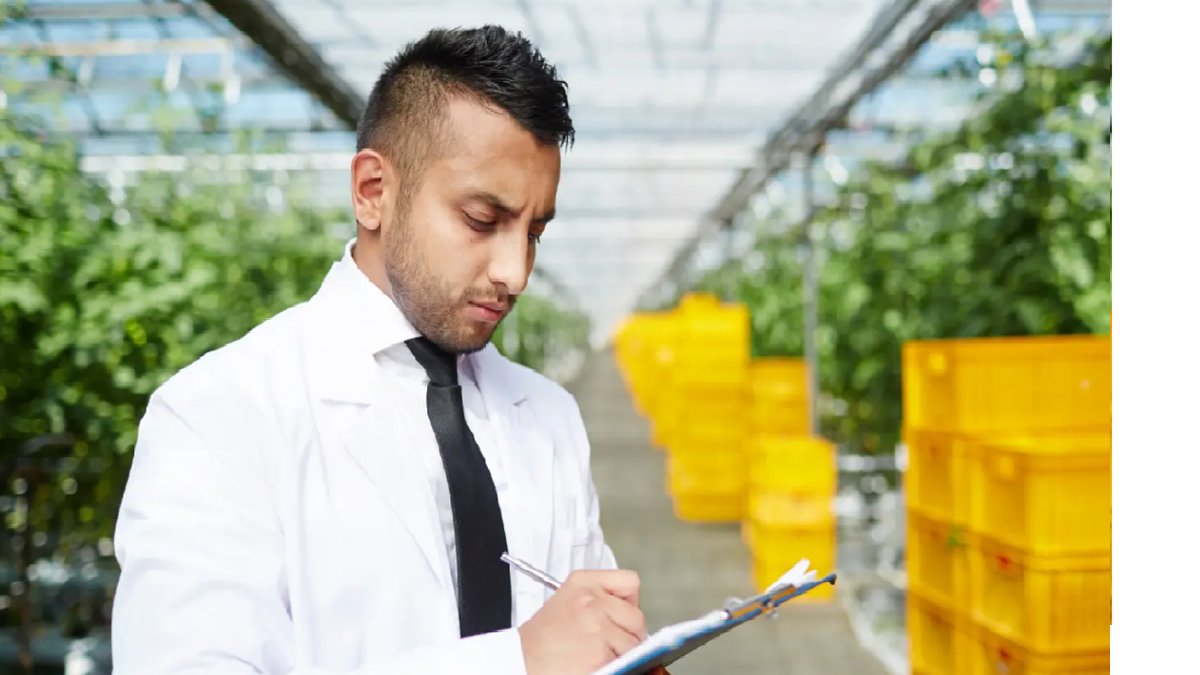Measurements
How can mango quality be improved?
Mango yield and quality are low even though the fruit has been cultivated for a long time. External and internal parameters, shelf life potential, and nutraceutical contents define fruit quality. These attributes show wide variations between and within trees, orchards, and regions from one year to the next. These quality variations reduce the market and export potential of crops. Optimizing quality and improving consistency can help increase profits. It will simultaneously reduce food loss and waste, making food production more sustainable. Read more to find out how mango quality can be improved.
03 May, 2023
Mango yield and quality are low even though the fruit has been cultivated for a long time. External and internal parameters, shelf life potential, and nutraceutical contents define fruit quality. These attributes show wide variations between and within trees, orchards, and regions from one year to the next. These quality variations reduce the market and export potential of crops. Optimizing quality and improving consistency can help increase profits. It will simultaneously reduce food loss and waste, making food production more sustainable. Read more to find out how mango quality can be improved. What people want in mangoesMango is a popular tropical fruit, eaten for its taste but increasingly also for its nutrient content. Mango is the fruit with the highest vitamin A or carotene content, vitamin C, and minerals. The fruits also contain sugar, fiber, and proteins. Since mangoes are very nutritional, they are used as food for babies and invalids. Therefore, it is crucial to optimize quality by looking at the various aspects that affect it, in the entire supply chain, from preharvest farm phases to harvest and postharvest stages. Consumers interest in organic products has scientists innovating and finding ways to maximize yield and quality without using chemicals. How people consume mango is also changing. People can now choose from fresh, frozen, entire, cut, and processed products. Most of the fruits are slated for fresh consumption. But the demand is also increasing for primary and secondary mango products, such as juice, confectionery, ice cream, and bakery. Quality parameters and monitoring methodsRegardless of the variety, some practices are standard to ensure mango quality. From the farm to when they reach retailers, mango quality is monitored to check for maturity and ripeness. External color is not recommended as a quality parameter, as some varieties remain green even when ripe, like Keitt. Therefore, the traditional parameters were internal color and fruit shape (full shoulders). Later, people began to use refractometers for sugar or BRIX estimation and penetrometers for firmness. However, the four methods are destructive, tedious, and need time. Nowadays, objective measurements of internal color, BRIX, acidity, and dry matter are made using non-destructive technology such as near-infrared (NIR) spectroscopy. The F-751 Mango Quality Meter manufactured by Felix Instruments Applied Food Science is an industry standard used in the mango supply chain and for research. The tool has integrated Chemometric analysis for the complex data collected to give results within 12 seconds. Maturity can also be judged by using a combination of parameters. However, dry matter at harvest is gaining predominance as it is an excellent predictor of postharvest quality and consumer preferences. The optimal average dry matter content at harvest is available for the most popular varieties to use as a harvest index. Harvesting at the correct time, when the fruits are mature, ensures that the mangoes meet consumers preferences and are accepted. In the postharvest stages, producers and suppliers continue to use BRIX, acidity, and dry matter to monitor quality. They track damage and spoilage due to handling, the impact of weather, control pests and diseases, check storage and transport impact, processing needs, and meet government regulations in international trade. Regular checking and culling of spoilt fruits can save the rest of the crop. Storage & Transport ConditionsMangoes are susceptible to damage and pressure. Therefore, the fruits must be customized for packaging, handling, transport, and storage conditions. Improper handling and packaging can bruise fruits and trigger infections by pathogens from the fruits or handlers. Mangoes should be packed in a single layer in crates and cartons. The fruits are wrapped with a straw, wood wool, and bast buffer. To ensure quality while transport and storage, care must be taken to ensure that the skin is undamaged. The maximum storage and transport time is 14-25 days. The atmospheric conditions must also be controlled to optimize storage time. Warm storage conditions lower quality and yield by triggering ripening and senescence. Controlled atmospheres are the best storage means, as they have conditions that control respiration, which hastens ripening. Therefore, the ideal conditions for storage and transport according to TIS are: Temperature: The range is between 12.2 13.3°C. The loading temperature should be 12.2°C, while the recommended travel temperature varies between 10-14°C for various varieties. Relative humidity: Though dependent on varieties, the average range is 85-90% and prevents weight loss due to moisture loss. Carbon dioxide: 5% of the gas is ideal for preventing high respiration rates. Oxygen level: 5% oxygen is necessary to ensure that the high CO2 content doesnt result in the fermentation and spoilage of mangoes. Ethylene scrubbing: 60-80 circulations per hour are needed to prevent ethylene accumulation since mangoes are very sensitive to the phytohormone. Ventilation also controls CO2; failure to do so can lead to fermentation due to high levels of CO2 and less O2 from respiration. The three gases can be monitored and controlled by choosing a single tool. Felix Instruments offers a choice of several gas analysis devices from which the stakeholders can choose. One of them is the F-950 Three Gas Analyzer. Since the storage time is short, transporting mangoes to temperate countries requires air flights. Before transport, the containers must be cleaned, sanitized, and precooled before the fruits are loaded. The cargo should be protected from precipitation as moisture can lead to premature spoilage from rotting and mold. If slower transport like a ship is used, the consignments must be checked for diseases. Storage conditions of mangoes must extend the life of fruits and maintain their quality. Mangoes can suffer chilling injury in the 5-12 °C range, with the exact temperature depending on the variety. For example, chilling injury occurs in Tommy, Atkins, and Keitt at 10°C and Ataulfo and Kent at 12.2°C Treating mangoes with ethylene at 20 22.2°C ripens the fruits for sale. Artificial ripening with ethylene increases consumer acceptance to 87% from 39% for untreated mangoes. Mangoes are ripened with ethylene exposure for 24 hours. These fruits take three to nine days to mature. Mangoes given the postharvest hot water treatment do not need ethylene and will ripen in 2-6 days when kept at 20 22.2°C. In retail stores, mangoes shouldnt be cold stored. Instead, mangoes must ideally be displayed at a room temperature of 21.1°C to prevent chilling injury. PostharvestMangoes must be harvested when green but completely mature but unripe. Once harvested, producers can take several steps to increase their ROI by maintaining fruit quality. - Preventing sap burn is essential to maintain quality. When the mango is harvested, the broken stem exudes sap, which sticks to the skin damaging it and promoting microbial infection. Moreover, the sap affects the appearance lowering quality and reducing prices for crops suffering from sap burn. Proper choice of harvest time, stalk retention, storage, packing, and treatments with heat or dipping in oil or a mixture of detergent and calcium hydroxide can eliminate this problem. - Postharvest treatments like edible bio wax immediately after harvest can control diseases and preserve fruit quality parameters like firmness, BRIX, and acidity. Bio wax-treated mangoes showed 90-96% marketability compared to the 83% of untreated fruits that could be marketed. - Postharvest pest control, such as submerging mangoes in hot water, is a standard treatment to control fruit fly numbers before export to regions like the USA - Sort and group mangoes according to ripeness, size, and variety. Avoid stacking fruits too high, and do not display them in containers that could apply pressure.












